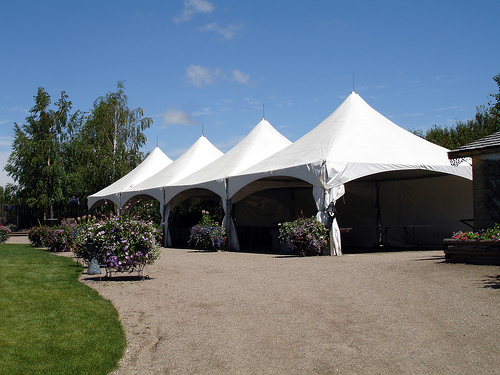Let’s do an event! The “event” idea comes up from time to time during client meetings. Setting aside your (and occasionally our) initial excitement so we can determine the potential newsworthiness of such an event is a necessary, but tricky, task. Usually what you, as the client, really wants is to see your name in print or on TV. But an event isn’t always the best way to accomplish this.
With newsrooms and reporters stretched thin, it can be difficult to attract media attention for events. The goods news is that even if the media doesn’t attend your event, you can bring the event to the media in the form of multi-media releases or distributions that allow you to package news releases, fact sheets, photos and videos from your event. And you can use your own social media networks to expand the reach of your event and bring it to your followers. But these will be blog post topics for another day.
If you’ve decided that an event is indeed the best option and you are committed to putting the time and effort into coordinating one, it would be nice for the media to take notice and attend. This post discusses ways to create an event that will attract the media attention you (or your client) is looking for.
How To Make an Event Newsworthy
Nicole Twohig wrote an earlier post about the many facets of event planning. We won’t talk about the logistical aspects of event planning here; instead, we’ll focus on an event we’re planning for a client and how we’re working to make it worthy of the media’s time and attention.
In this particular case, the event is for a grand opening of a technical facility. However, our audience is the local media market—not the client’s trade industry. So our first challenge is to make the opening of this facility interesting to the reporters and relevant to their viewers or readers.
Find a solid angle
We have several potential angles that we expect will be of interest to reporters. First, we invited Vermont Governor Shumlin to speak at the event to give him the opportunity to share a positive story about technology, jobs, education and the economy—all very timely topics in the national and local news these days.
It helps to have a high profile individual speak at an event. And it helps all the more if your topic can be tied to a national trend or national news.
Look for uniqueness or firsts
Our best angle may be the fact that this isn’t a grand opening for just another big box store or coffee shop, this is an opening for the first facility of its kind in our state and the largest of its kind in the world. The facility will likely serve as a magnet for other businesses from around the world.
So we’ve scored yet again—a unique facility with mass appeal.
Make it relevant
Even with all these things working for us, we still need to make this facility relevant and understandable to the local media’s audience—Vermonters. So our task is to come up with examples of what this facility does that people can relate to. How does it affect them? How does it relate to their daily activities? How can we help them understand the facility’s capabilities without boring them with technical details?
This means we won’t ask the company’s engineers to wax on and on about the technical aspects of the facility. We won’t use technical jargon or examples that will make eyes glaze over. We will use language and examples that are clear and understandable and will provide simple sound bites that anyone can wrap their mind around.
The bottom line
Events can provide a great way to garner media attention. As with most anything in public relations, however, your hook or angle is most important. Event planning requires a great deal of care and attention—and consumes a lot of your PR resources. If you think your idea for an event is a little “ho hum,” it probably will be to the media as well. You’re likely better off putting your PR resources into another opportunity. Just keep your end PR goals in mind and don’t lock into one particular tactic or way to accomplish them.




A Newsworthy Event? Here’s How to Make It Happen | Change Conversations http://t.co/OOh0nmfSc1